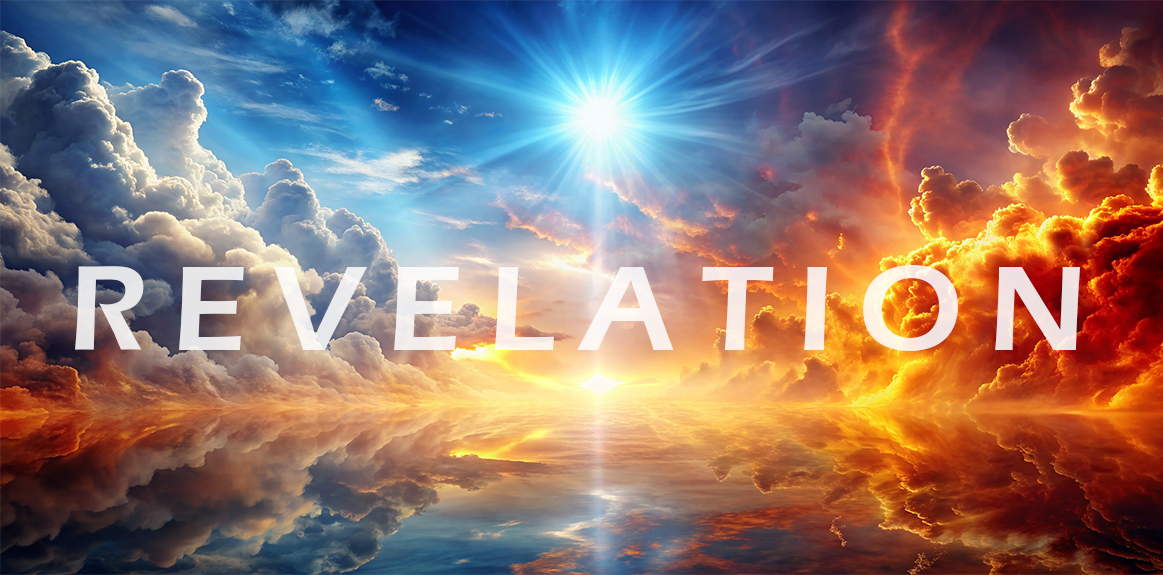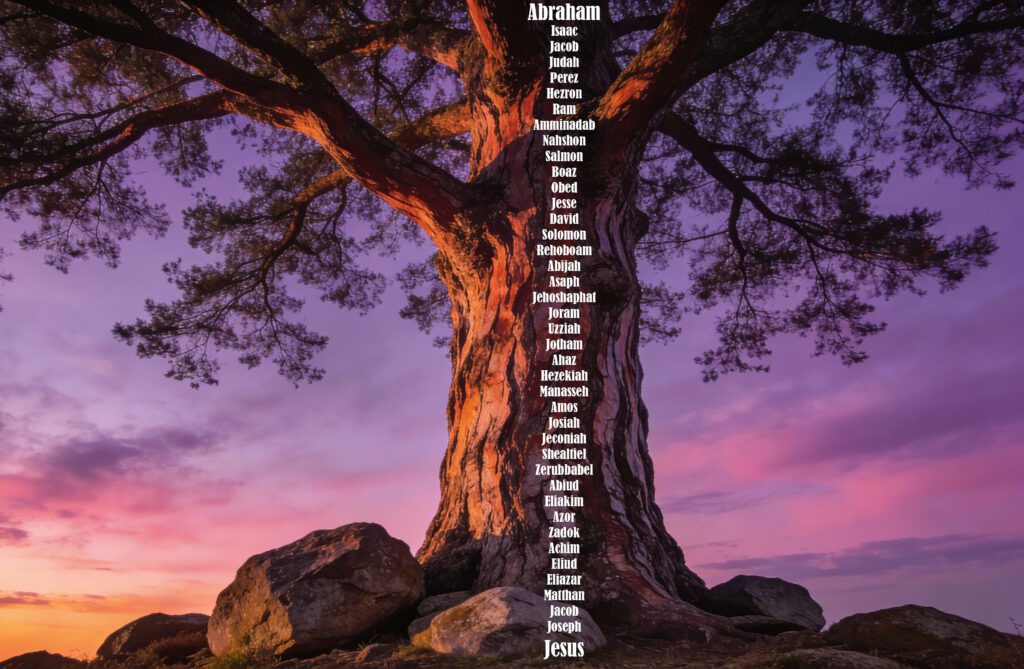In the previous blog, we focused on the vision of the Son of Man, which opens the book of Revelation (1:12-20). We saw that the first verse of the letter makes it clear that this writing is about the unveiling of a Person, and not about the unfolding of future events. Having said that, we do not diminish the fact that this book contains references to future events—especially the many references to the Second Coming throughout Revelation. But it is primarily about the unveiling of the glorious Son of Man who walks among the churches. It is a “revelation of Jesus Christ (1:1).
John recalls what he saw when he turned to hear a voice like a trumpet behind him (1:9). When he turned he saw seven golden lampstands which he quickly learns are the seven churches in Asia to whom he is instructed to send the letter (1:20). And, in the midst of the lampstands, he saw One like a Son of Man—a Messianic term primarily drawn from the seventh chapter of the prophet Daniel and used by Jesus Himself during his earthly ministry (Daniel 7:13, John 1:51). John then describes the features of that glorious Person in the midst of the lampstands. This is not what Jesus actually looks like, but rather the language of prophetic symbolism. These symbols reveal not what Jesus looks like but what He is like.
There are seven letters the Lord dictated to the churches. The first thing that strikes us is that each of them begins with a description of the Son of Man from the opening vision. In other words, each church is given an aspect of Christ’s nature to uphold. The Church is the light bearer in the earth. In as much as Jesus proclaims Himself to be the Light of the world (John 8:12), He now calls His followers to be the light of the world (Matthew 5:14).
Following the word to the churches, John is given a glorious vision of the throne of God (chapters 4-5). There are many components of this vision, but Revelation chapters 4 and 5 are really about one main thing. The vision has been called the ‘Vision of Ultimate Reality.’ The call for John to enter the heavenly court or throne room has its counterpart in the books of Isaiah and Ezekiel. Both Isaiah and Ezekiel saw a vision of God’s heavenly court.
We shouldn’t get lost in the details; the picture here is one. Simply stated, the Throne rules over all! The churches are about to go through a tremendous period of suffering. They must know that it is the throne of God that rules over human affairs and that all the churches go through is in the hands of the Sovereign Lord of the universe. John is shown that God’s throne is the very center of the universe. The word throne gives us a philosophy of history. Newspaper and radio give us secondary causes, but this vision takes us to the Cause behind everything. This will become very important because shortly, John sees the tremendous suffering ahead for the Church.
In chapter four, there is clearly a vision of the Father. The description of God the Father is compared to various precious stones. But our attention is turned to see twenty-four thrones around the throne. What do these elders represent? And why are there twenty-four? Twenty-four is formed by doubling the number 12, which is clearly the number of the people of God. There were twelve tribes of Israel in the Old Testament. In the New Testament, there were twelve apostles of the Lamb. In Revelation 21, on the gates were the 12 tribes of Israel, and on the walls were the 12 apostles of the Lamb. This is a picture of what Ephesians tells us, that we are “seated with him in the heavenly places in Christ Jesus” (Ephesians 2:6).
Then John sees “in the right hand of him who was seated on the throne a scroll written within and on the back, sealed with seven seals” (Revelation 5:1). A mighty angel with a loud voice asks the question, “Who is worthy to open the scroll and break its seals?” No one in heaven, on earth, or under the earth was found worthy to open the scroll or look into it. At this, John began to weep loudly. John will see many things in this book that should cause him to weep, but it is only at the fact that no one was found worthy to open the scroll or to look into it that he weeps loudly. But one of the elders tells him, “Weep no more; behold, the Lion of the tribe of Judah, the Root of David, has conquered, so that he can open the scroll and its seven seals” (5:5).
Then, all of heaven is fixated on a Lamb standing as though it had been slain, with seven horns and seven eyes (5:6). He takes the scroll from the right hand of him who was seated on the throne. What is in the scroll? In Revelation 5, the scroll is a symbolic representation of God’s plan for the redemption of humanity and the ultimate victory over evil. It’s described as written on both sides, sealed with seven seals, and held in God’s right hand. The scroll’s contents are yet to be revealed, and only Jesus is deemed worthy to open it.





0 Comments